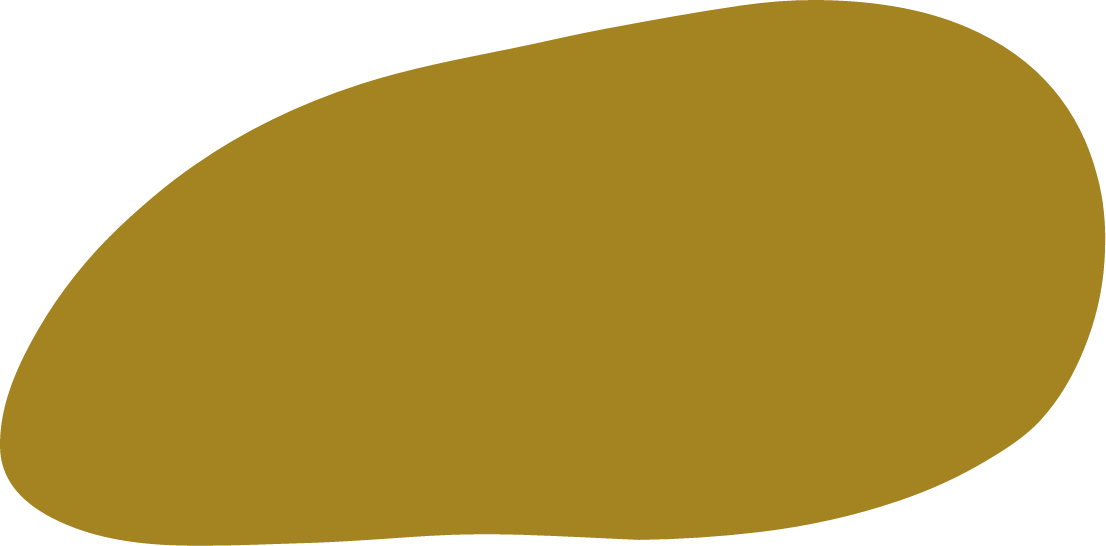Angelo Plessas looks into the ways in which internet technology affects and redefines human existence and interaction. His work (ranging from performance art to interactive websites, hybrid videos, textile sculptures, and neon public artworks) is inspired by the World Wide Web’s evolution into today’s colossal cyber network. The idea that technology has the potential for a mystical side led Plessas to seek out spirituality in technology, researching into a wide range of cosmologies.
At the Museum of Byzantine Culture, Plessas activates intersecting points between historical and contemporary rituals. In Plessas’ signature quilts, symbols and colours constitute an appropriated vocabulary of techno-shamanism, derived from the global lexicon of electronic communication―emojis, emoticons― coupled with the aesthetics of cybernetics and the various forms of paganism the artist has studied. Each patch on his quilted fabrics serve as a sort of talisman, symbolising the corresponding state of being they wish to attract: hospitality, brotherhood, prosperity, generosity. In a vast field of potential associations, this iconography converses with the corresponding vocabulary of the religious garments and objects from the Byzantine world exhibited in the same space.
Focusing on issues of connectivity, social relations, and identity, Plessas emphasises the interconnection between our digital and real lives, in ways that allow us to comprehend both as interacting states. In a short video derived from a dialogue between Modernity and Byzantium, Plessas engages with important historical figures, such as Hypatia of Alexandria and Michael Psellos. In the video, the artist investigates the progressive knowledge and practices from the Byzantine era, as well as contemporary techno-paganism, that arises from social media rituals and aesthetics.
But what is Homo Noosphericus? Did it exist in the Byzantine era? Does it exist today? Or will it appear many years from now?
Referring to Earth’s conceptual field, the term “noosphere” was coined in the early 20th century by the French philosopher and palaeontologist Teilhard de Chardin and the Russian geochemist Vladimir Verdansky. The noosphere was conceived as an evolution of the biosphere―a new strata of humanity’s planetary mind. Given that human knowledge is increasingly linked to technological progress, one could argue that all breakthroughs in collective consciousness imply a synergy between life and technology. On this premise, the Noospheric Society founded by Plessas in 2017― in order to revitalise any being possessed by a technological “evil eye.”
Our extensive coexistence on social media platforms has brought about many behavioural changes, including a form of techno-superstition as well as what we could describe as techno-paganism. This new phase in spirituality, arising from an internet subculture, illuminates new “ontological expansions” towards a new kind of messianic salvation and catharsis. Users use “atmospheric” software to resurrect ancient systems and folk beliefs that have faded over time, repositioning them as a powerful presence in a dystopian reality: magic replaces science, faith replaces knowledge, rituals replace rational norms.
Can we in this ever-changing and accumulating on-and offline reality discover a new state of being: one that will allow us to consciously cultivate afresh networked forms of communal knowledge, and spiritual progress? Is the noosphere attainable?












